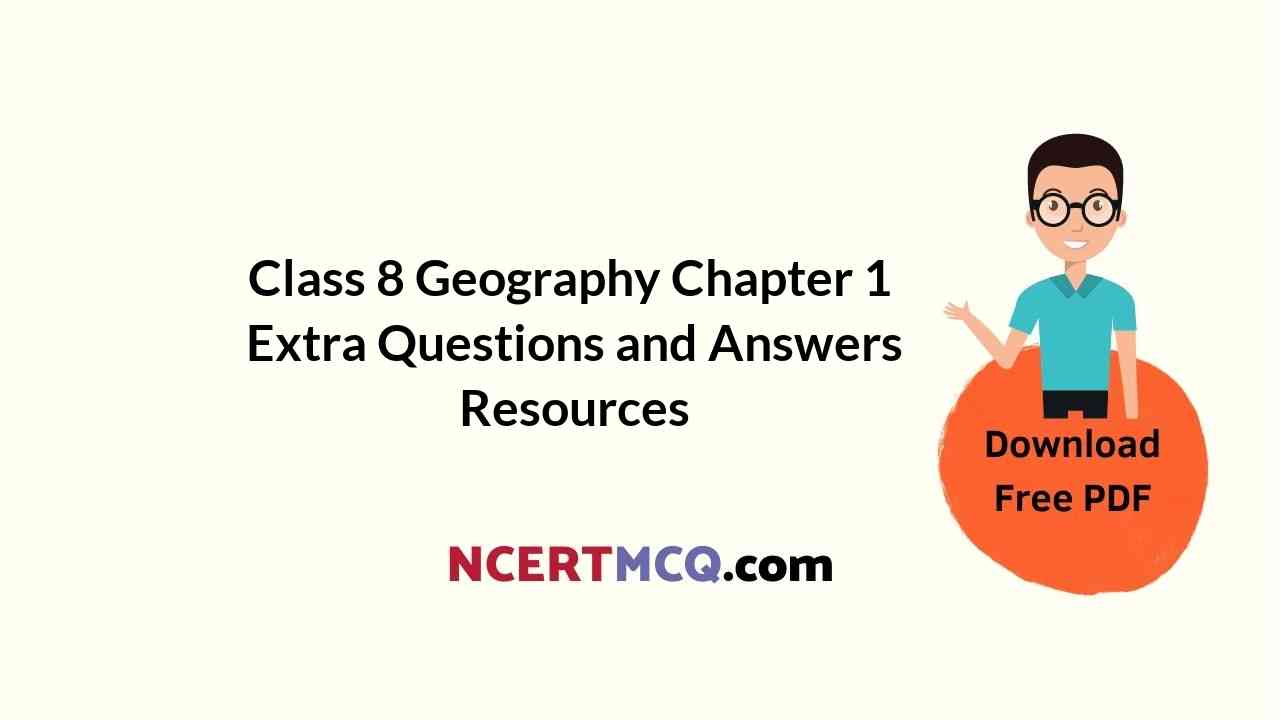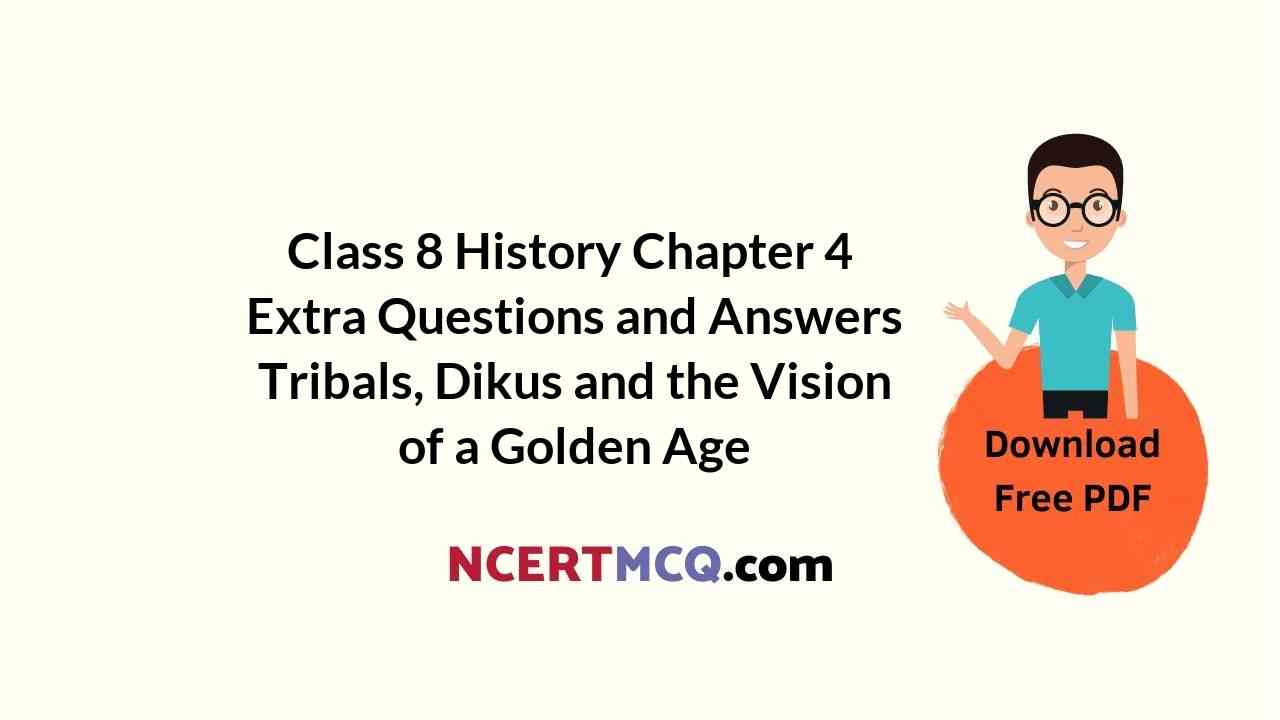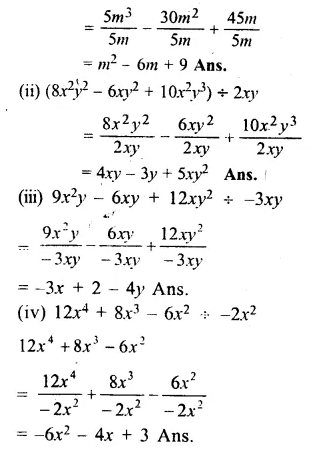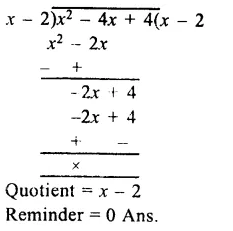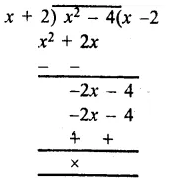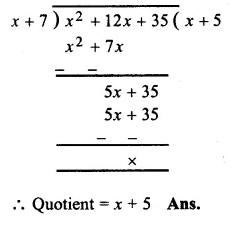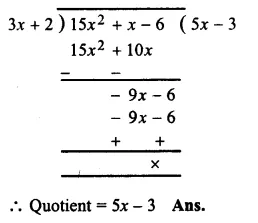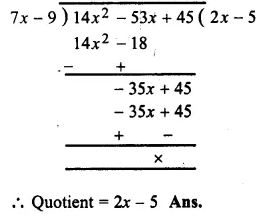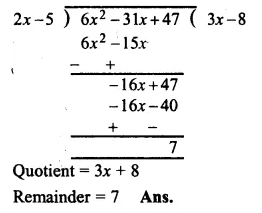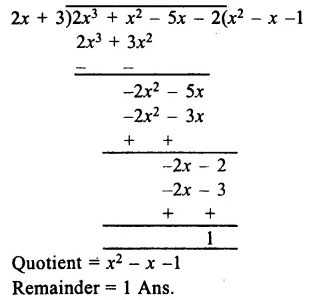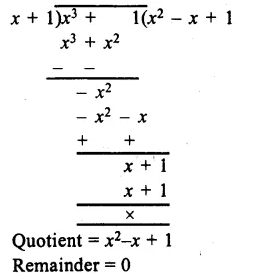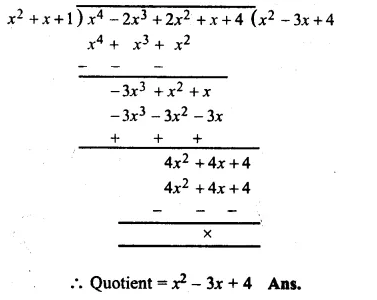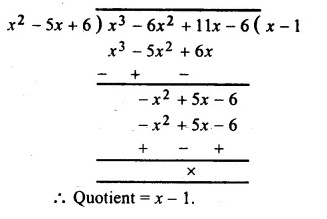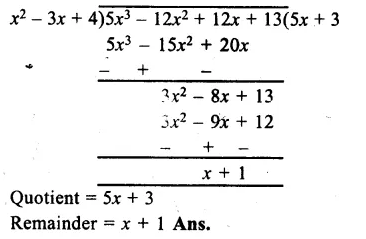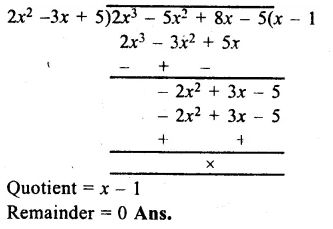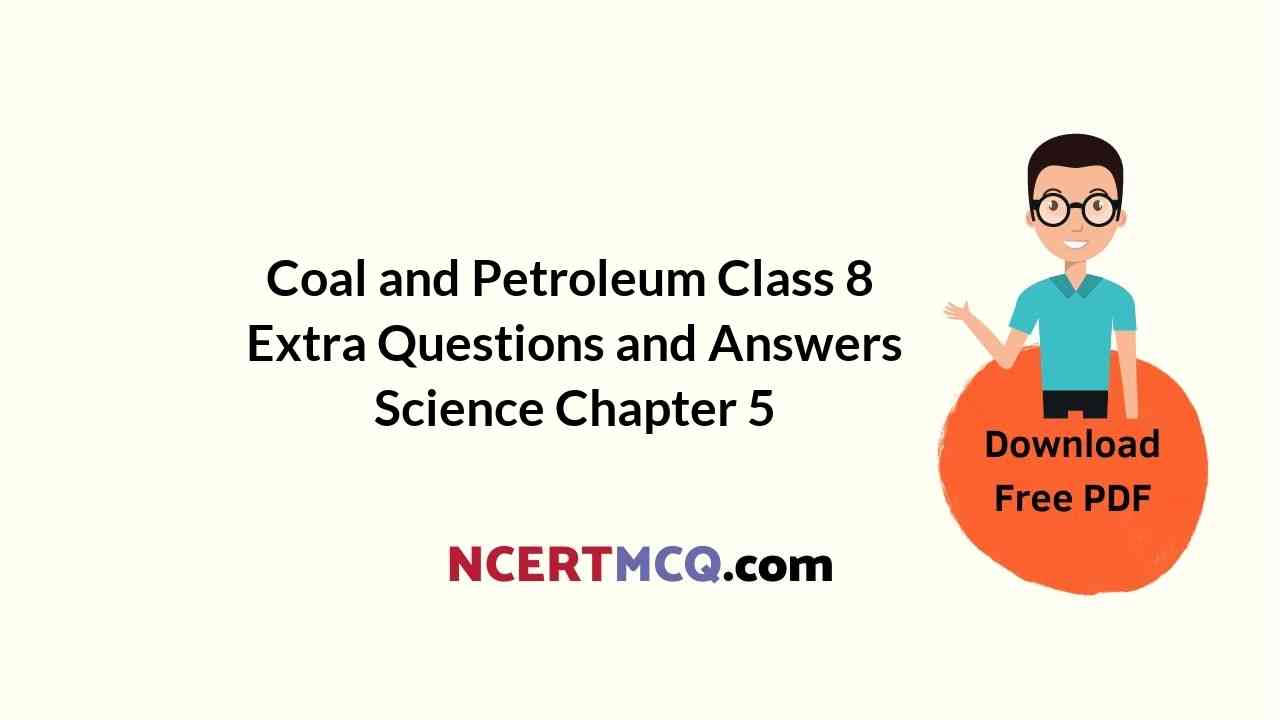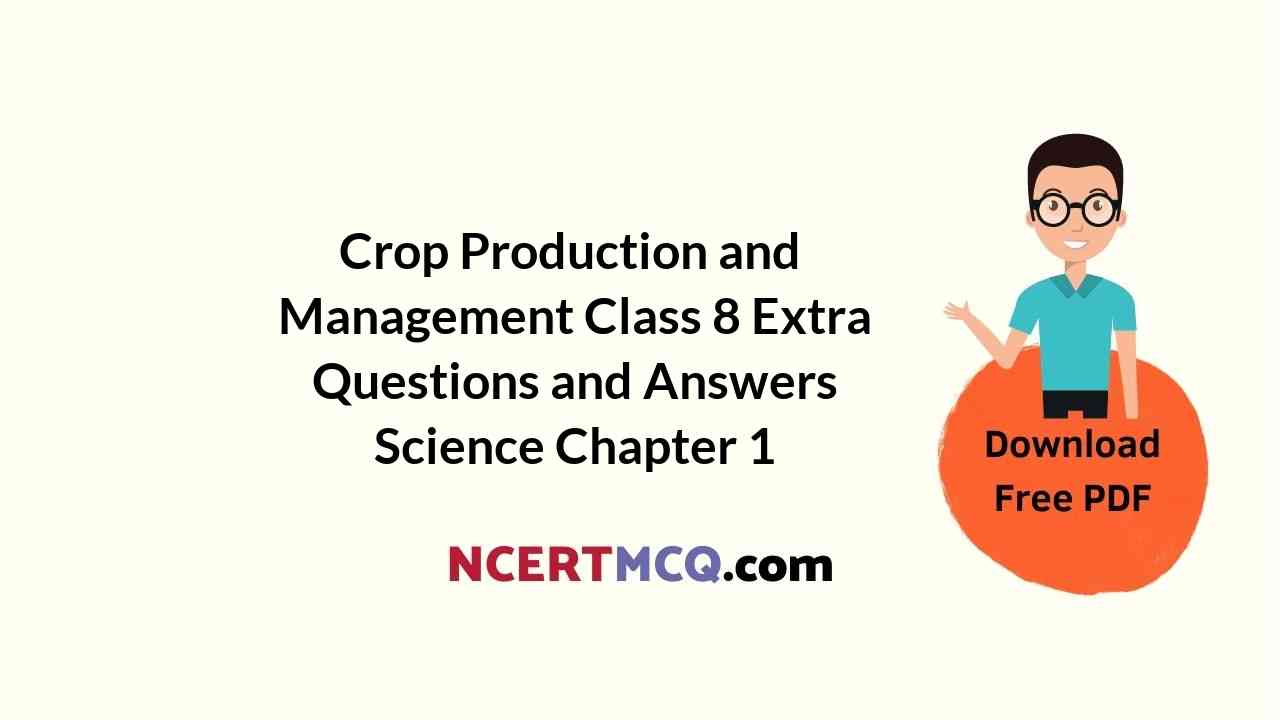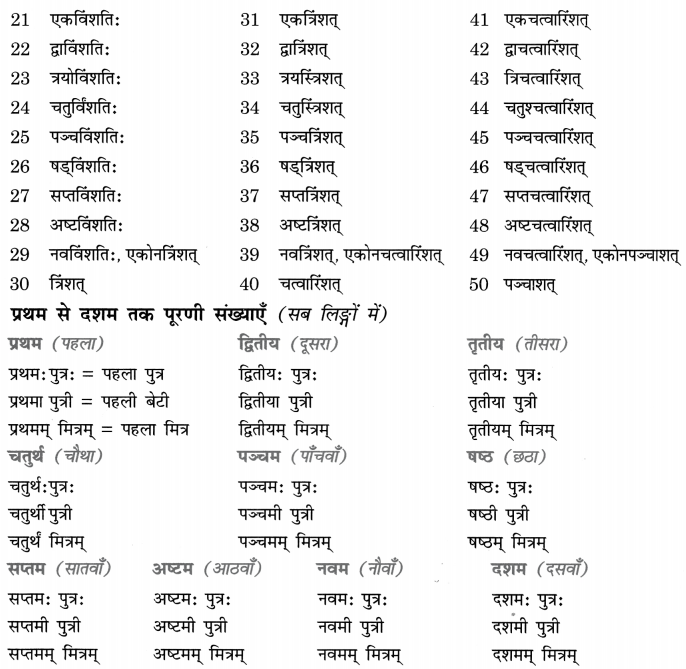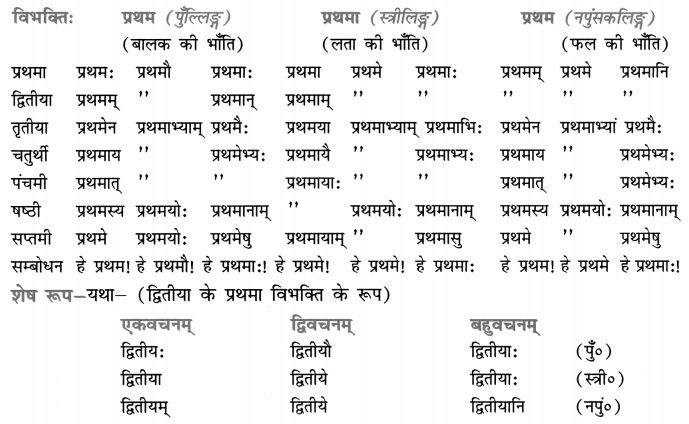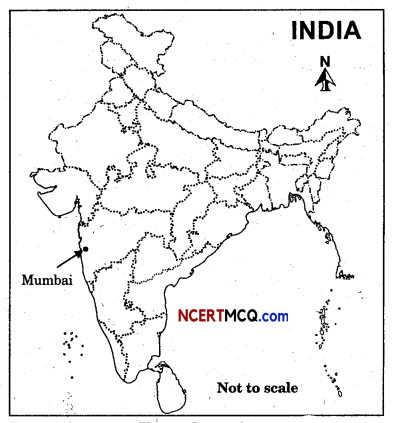Check the below Online Education NCERT MCQ Questions for Class 8 Geography Chapter 1 Extra Questions and Answers Resources Pdf free download. https://ncertmcq.com/extra-questions-for-class-8-social-science/
Online Education for Resources Class 8 Extra Questions Geography Chapter 1
Class 8 Geography Chapter 1 Extra Questions And Answers Question 1.
What is resource?
Answer:
Anything that can be used to satisfy a need is a resource.
Ncert Solutions For Class 8 Geography Chapter 1 Resources Extra Questions Question 2.
Which two factors can change substances into resources?
Answer:
- Time and
- Technology.
Class 8 Geography Chapter 1 Extra Questions And Answers Pdf Question 3.
Why do people are important resource?
Answer:
People are important resources because their ideas, knowledge, inventions and discoveries lead to the creation of more resources.
Resources Class 8 Extra Questions Question 4.
How resources are classified?
Answer:
- Natural,
- human-made and
- human.
Resources Class 8 Worksheets With Answers Question 5.
How natural resources are classified?
Answer:
Natural resources are classified on the basis of their
- level of development,
- use,
- origin,
- stock,
- distribution.
![]()
Class 8 Geography Chapter 1 One Mark Questions Question 6.
In India, where is energy generated by using windmills?
Answer:
- Nagercoil in Tamil Nadu
- Gujarat coast.
Geography Class 8 Chapter 1 Extra Questions Question 7.
What is human resource development?
Answer:
Improving the quality of people’s skills so that they are able to create more resources is known as human resource development.
Ncert Class 8 Geography Chapter 1 Extra Questions Question 8.
Mention few ways of conserving resources.
Answer:
- Reducing consumption,
- Recycling,
- Reusing.
Geography Chapter 1 Class 8 Extra Questions Question 9.
Name a renewable resourced
Answer:
Solar and wind energy.
Extra Questions For Class 8 Geography Chapter 1 Question 10.
Give two examples of renewable resources.
Answer:
Solar and wind energy.
Class 8 Geography Chapter 1 Extra Questions Question 11.
What are natural resources? Give few examples.
Answer:
Resources that are drawn front nature and used without much modification are called natural resources. examples: air, water, minerals.
Extra Questions For Class 8 Social Science Geography Chapter 1 Question 12.
How BSTresources be classified on the basis of the level of their development? Write one point of difference between them;
Answer:
On the Basis of the level of development, resources can be classified into two groups – actual resources and potential resources. Actual resources are those whose quantity is known whereas the entire quantity of potential resources may not be known.
![]()
Class 8 Geo Ch 1 Extra Questions Question 13.
Distinguish between abiotic and biotic resources.
Answer:
Abiotic resources are non-living. For example, soils, rocks and minerals.
Biotic resources are living. For example, plants and animals.
Class 8 Resources Extra Questions Question 14.
What are human-made resources?
Answer:
People use natural resources to make buildings, bridges, roads, machinery and vehicles. These are known as human-made resources.
Class 8 Geography Ch 1 Extra Questions Question 15.
What is the difference between resource conservation and sustainable development?
Answer:
Using resources carefully and giving them time to get renewed is called’ resource conservation.
Balancing the need to use resources and also conserve them for the future is called sustainable development.
Class 8 Geography Chapter 1 Important Questions Question 16.
How can we contribute to maintain and preserve the life support system?
Answer:
- The diversity of life on the earth must be conserved.
- The damage to natural environment system should be minimised.
Extra Questions Of Chapter 1 Geography Class 8 Question 17.
‘Bulb should be switched off when not need’. Do you agree with this statement? If yes, give reasons.
Answer:
We should conserve energy for the future. We should using resources carefully because it is very limited.
Class 8 Geography Chapter 1 Resources Extra Questions Question 18.
What is a resource? Is human also a resource? How?
Answer:
Anything that can be used to satisfy a need is resource. YES, human is also a resource they make best use of nature to create more resource with the help of their knowledge, skill and technology.
Chapter 1 Geography Class 8 Extra Questions Question 19.
Distinguish between the renewable and non-renewable resources.
Answer:
| Renewable resources | Non-renewable resources |
| Renewable resources get renewed or replenished quickly. Some of them are unlimited and are not affected by human activities, such as solar and wind energy. | Non-renewable resources have a limited stock. Once the stocks are exhausted, it may take thousands of years to be renewed or reply finished, For example: coal, petroleum and natural gas. |
Class 8 Geography Chapter 1 Worksheet With Answers Question 20.
When was the Ministry of Human Resource Development created? What was its main aim? Which are the two important departments within this Ministry?
Answer:
The Ministry of Human Resource Development was created in 1985. Its main aim is to improve people’s skills.
Two important departments within the Ministry of Human Resource Development are :
- The Department of School Education and Literacy
- The Department of Higher Education.
![]()
Multiple Choice Questions (MCQs)
1. Which one of the following is a human-made resource?
(a) Minerals
(b) Rocks
(c) Means of transportation
(d) Soils.
Answer:
(c) Means of transportation.
2. Which resource among the following has no commercial value?
(a) Grandmother’s home remedies
(b) Cotton cloth
(c) Iron ore
(d) Medicinal plants.
Answer:
(a) Grandmother’s home remedies.
3. Which statement among the following is not true?
(а) Anything can be used to satisfy a need is a resource.
(b) All resources have economic or commercial value.
(c) Utility or usability is what makes an object or substance a resource.
(d) Time and technology are two important factors that can change substances into resources.
Answer:
(b) All resources have economic or commercial value.
4. Which one of the following is a Aon renewable resource?
(a) Solar energy
(b) Wind energy
(c) Water
(d) Minerals.
Answer:
(d) Minerals.
![]()
5. Non-renewable resources are……… .
(a) limited
(b) unlimited
(c) free of cost
Answer:
(a) limited.
6. Which of the following is a renewable resource?
(a) Goal
(b) Petroleum
(c) Gold
(d) Water
Answer:
(d) Water.
Glossary:
→ Resources – Anything that can be used to satisfy a need is a resource.
→ Patent – Patent means the exclusive right over any idea or invention.
→ Natural resources – Resources that sure drawn from nature and used without much modification.
→ Technology – It is the application of latest knowledge and skill in doing or making things.
→ Actual resources – Those resources whose quantity is known.
→ Potential resources – Those resources whose entire quantity may not be known and are not being used at present.
![]()
→ Abiotic resources – Resources which do not have life or non-living resources are called abiotic resources.
→ Biotic resources – Living resources or resources which have life are called biotic resources.
→ Stock of resources – It is the amount of resources available for use.
→ Renewable resources – Renewable resources are those which get renewed or replenished quickly.
→ Non-renewable resources – Those resources which are once used take thousands of years to be renewed or replenished.
→ Ubiquitous resources – Resources that are found everywhere are called ubiquitous resources.
→ Localised resources – Resources which are found only in certain places are called localised resources.
→ Human-made resources – Resources which are made by people by using natural resources are called human-made resources.
→ Resource conservation – Using resources carefully and giving them time to get renewed is called resource conservation.
→ Sustainable development – Carefully utilising the resources so that besides meeting the requirements of the present, also takes care of future generations.
